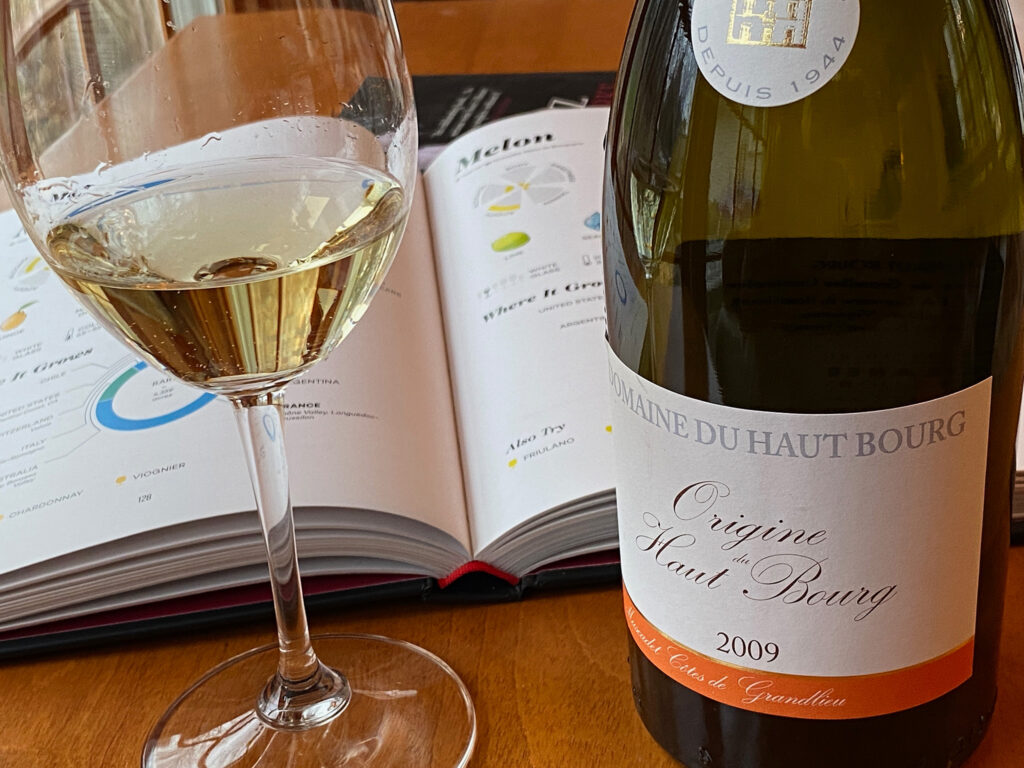“The discovery of a wine is of greater moment than the discovery of a constellation. The universe is too full of stars.”
–Benjamin Franklin
Muscadet
Muscadet is to Melon de Bourgogne as Burgundy is to Pinot Noir.
Muscadet and Burgundy are place names in France, as well as the names of wine originating from those places. Melon de Bourgogne and Pinot Noir are the grape varieties used to produce those respective wines.
Muscadet is not to be confused with Muscat, which refers to a family of wine grapes with Muscat Blancs à Petit Grains being the most celebrated. Beyond the many members of the Muscat grape family are the oft-used Italian (Moscato) and Spanish (Muscatel) translations. This post is not about Muscat; it is about Muscadet wine made from Melon de Bourgogne grapes.
Melon de Bourgogne
Muscadet and Burgundy are place names in France, as well as the names of wine originating from those places. Melon de Bourgogne and Pinot Noir are the grape varieties used to produce those respective wines. Not surprisinging the Melon de Bourgogne originated in Bourgogne, the region referred to as Burgundy in the English language. It migrated west from Burgundy to the area around Nantes in the western end of the Loire Valley. The grape was torn out of Burgundy almost completely in the 18th century as the permitted grapes in Burgundy were limited to Chardonnay (white) and Pinot Noir (red). Melon de Bourgogne was favored in Burgundy due to its cold heartiness and resistance to spring frosts. It was introduced to Pays Nantais after the freezing winter of 1709 destroyed any previously planted grapes. The general reputation of Muscadet is high acidity and low flavor but works well with local seafood. The wine is also credited with a mysteriously-defined minerality (a wine tasting term with no specific meaning) and even a salinity associated with its location near the sea (probably also a bit of a psychological myth tasted by association). The reputation is misleading. More recent winemaking techniques including skin contact, aging on lees, and barrel fermentation are producing outstanding, complex, and richly enjoyable wines at very affordable prices. A true value find in the every shrinking world of wine.

Christmas Eve Sample
For no particular reason, a nice (and very affordable) bottle of Muscadet has been saved for sampling on Christmas Eve while writing this post. It is produced by Domaine Du Haut Bourg in the Muscadet Côtes du Grandlieu just south-west of Nantes. While it is a 2009 vintage, the wine is aged on the lees for at least 7 years prior to bottling and is a “current release” (and ready to drink). The Origine designation refers to the vineyard’s old vines that have been in place for 30-60 years.
I probably first had Muscadet about a decade ago when I travelled to Nantes and Rennes to serve on a dissertation committee. Beyond the celebratory Champagne, my hosts provided a wonderful feast of seafood and the “simple local wine.” I made no special note of it other than to remember that the wine was most enjoyable. While no lexical memory was noted, my taste memories were rejivinated several months ago when I intentionally tasted a Muscadet and was brought back to the Loire in spirit. While local Riesling will always have the most special place in my heart, Muscadet comes close with some significant similarities in style, but also a refreshing difference.
This example is fantastic and affordable (around $25). It is clear and yellow with a slight tinge of green and a medium-low color saturation. Primary fruit aromas include green apple and lime with a secondary aroma of bread dough. The wine is very refreshingly tart with its relatively high acidity (medium-high on my scale which leaves room for some seriously high-acid wines!). As expected there is no astringency while it leans toward medium body despite the low alcohol level (12% ABV). It has a wonderfully long and complex finish that makes it a truly outstanding wine and a great discovery. While there is no doubt it would pair well with the standard seafood recommendation of the region, it is structured in such a way that it can go with just about any food … like a fine Finger Lakes Riesling, but a different change of pace.
Cheers!
Next up; ???